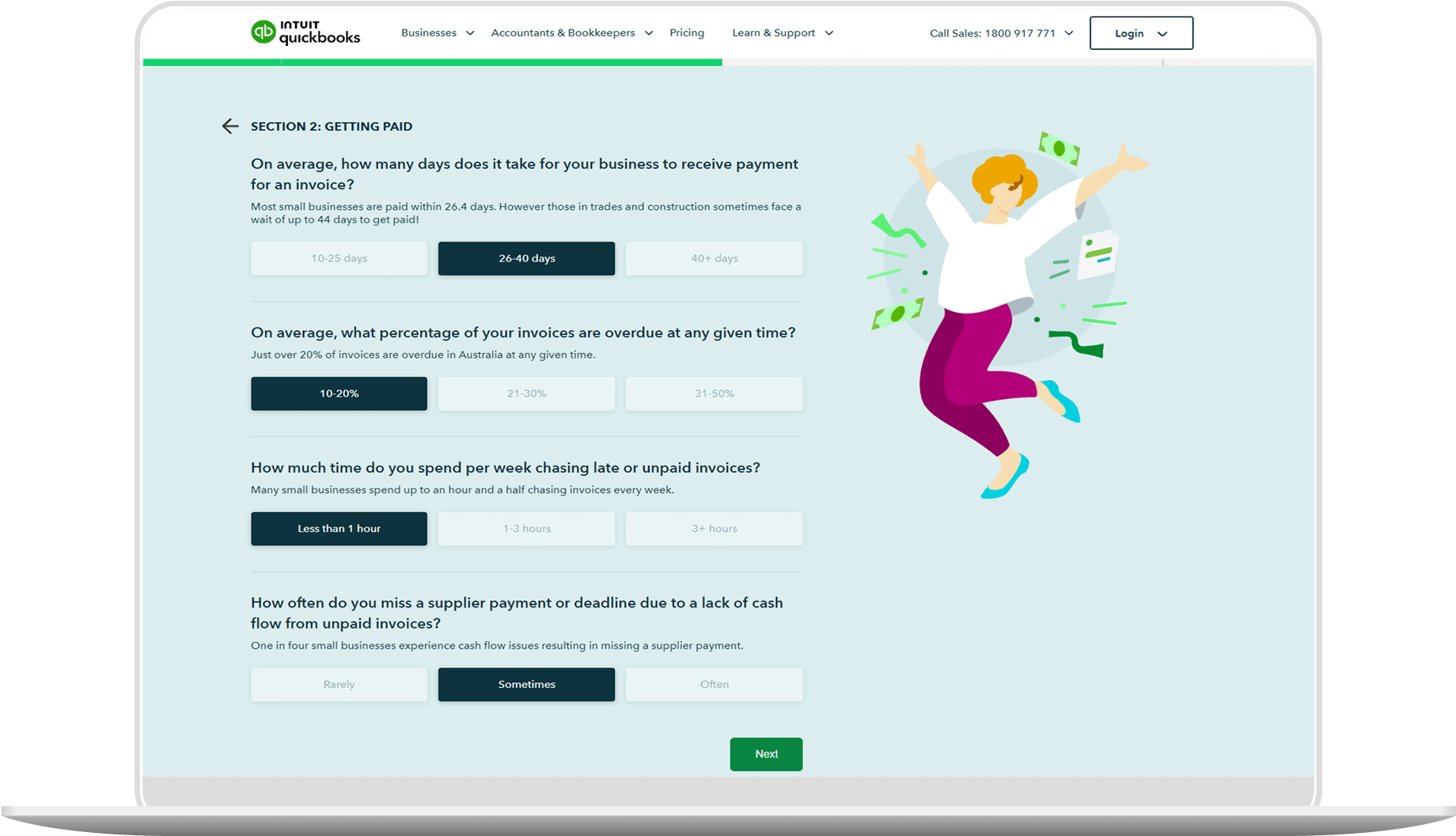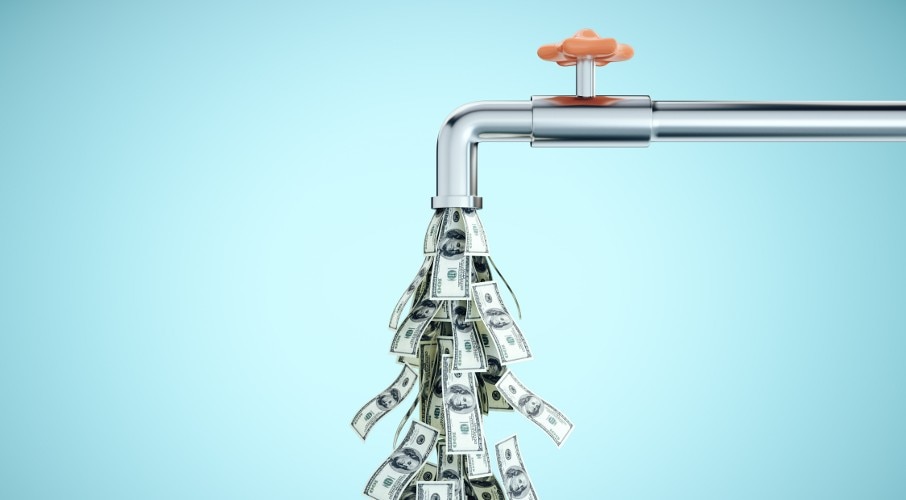How to manage petty cash
While petty cash funds only take care of small expenses, these funds still need to be managed correctly. Keeping track of these petty cash expenses helps you to capture all your tax-deductible expenses.
Maintain the initial amount
The amount in your petty cash box should always remain constant. Once you begin creating the petty cash float, your petty cash account book entry will show a debit of the amount deducted to your petty cash fund. At the same time, it will show a credit of that same amount to your bank account.
For this reason, your custodian will fill out a receipt when disbursing money to ensure that the total money will add up to the initial amount of your petty cash fund.
Exchange the receipt for a new cheque
Sometimes, the balance in your petty cash fund becomes too low to purchase small expenses. In these cases, the custodian should tally and summarise the receipts. These receipts can be exchanged for a new cheque made to cash for the total amount equal to the receipt. Once the cheque is cashed, this amount will be added to the petty cash fund to restore the fund to its original level.
Increase or decrease the float accordingly
If you need to replenish the funds every few days, it probably means your fund is too small. In this case, you need to increase the float.
But if you find that most of your petty cash is not being used, the fund amount might be too large. You should deposit the surplus petty cash into the company bank account.
















